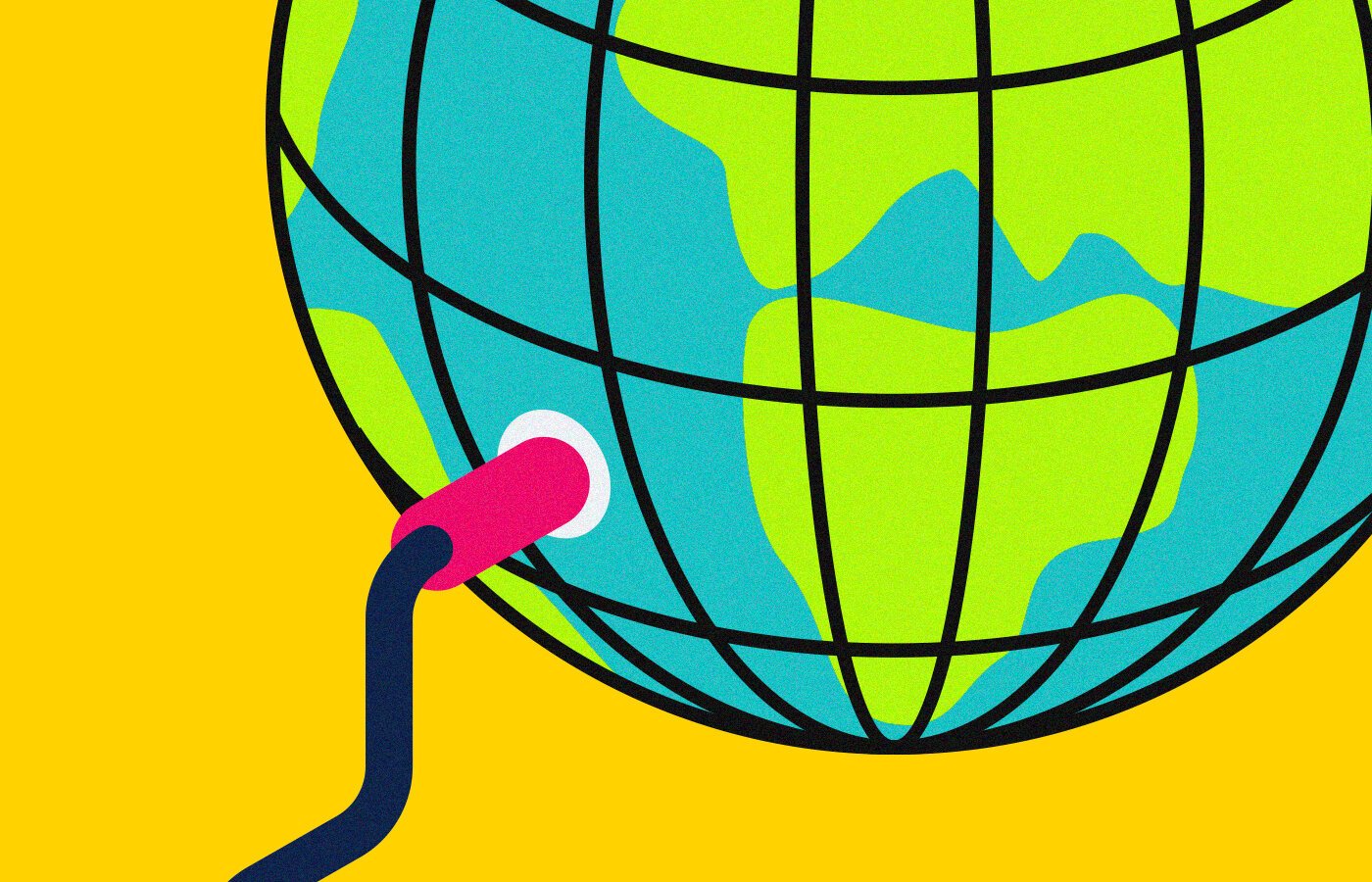blog
Role of Digital Transformation in Sustainability
By Siddhant Chaudhary Digital transformation Sustainability November 1, 2022

Digital transformation is the new normal. Businesses all over the world adapting to be earth friendly, ensures their survival in these rapidly changing times. Covid-19 has changed the global perception.
Consumers are more conscious of how their investment is defining the future of earth. More and more people are inclined towards greener, organic and earth friendly products making green businesses more susceptible to success.
Considering this positive change in the general perspective, how is digital transformation helping towards sustainability of earth? Let's find out.
Process automation
Have you ever been to a government office? You would have seen an insane amount of paper for sure. Stacked up files and shredders working incessantly.
It's high time we do something about the impact paper usage has on our environment. Here is why a shift from paper to digitization is important:
The amount of wastage is much less in digital work
Higher risk of errors in paperwork
Paper is rendered useless after its purpose is served
Less storage space needed for digitized files
Digital files are good for environment as paper making hurts the trees
Digitized files take less time in management
According to the 2019 Intelligent Information Management Benchmark Report:
“86% of employees surveyed face difficulties when locating specific office files.”
Automated files are easy to share amongst peers. They are also easy to back up. Organizations are saving ample space by digitizing their data and working with automated files. The space worth a whole room acquired by physical files can be stored in a palm-sized device.
Efficient waste management
AI is not just a luxury, it has evolved to be a necessity in our endeavor towards a better earth. It is the future of waste management. Robots and machines are working via AI to sort millions of tons of waste, revolutionizing the way we handle our waste.
A startup with the name of SpaceRocket is using AI to remove the debris from space by using special space grade foam. This foam can collect a huge amount of waste which would then be pulled towards earth by the orbital drag and end up burning itself in the atmosphere before it reaches the earth.
Similarly, Winnow Solutions is using Winnow Vision, an AI technology developed to detect food wastage. Thus reducing the amount of food being wasted reaching from farm to your refrigerator and lastly to your table.
Here are 8 ways Digital technology is helping waste management:
Smart Waste Bins
Waste Level Sensors
AI Recycling Robots
Garbage Truck Weighing Mechanism
Pneumatic Waste Pipes
Solar Power Trash Compactors
E-Waste Kiosks
Recycling Apps
Conscious Energy utilization
IoT
The importance of accuracy is undeniable when it comes to insights. IoT can connect, sense and measure in the field. It enables deep learning and accurate analysis, turning mere information into valuable insight.
IoT based technology helps the process of production by monitoring them efficiently. Sensor based smart meters are a great example of how IoT is contributing in accurate monitoring of energy consumption.
IoT driven smart bins are revolutionizing the way we handle our waste. Traditionally waste was collected according to a schedule, without paying much heed whether the bin was full or not. Smart bins can now detect the level of waste in a bin and only schedule a pickup when they detect the bin to be full.
Apart from this, IoT also helps in collecting information on where more or less bins are needed. All this information is shared to connected devices as data. IoT management services then use this information for our benefit. Turning the whole process much more efficient while saving the need to use unnecessary manpower.
Augmented reality
Augmented Reality is set to play a big part in developing renewable energy. The use of AR can minimize the need for a physical interface between employees and virtual models.
It allows technicians to get accustomed to the internal components of an equipment in an improved way, while reducing the task of doing the same practically. It also saves the time and energy spent in traveling to another location for the same work, which is made possible digitally by AR.
Big data
Big data is essential to digital transformation. Big data helps businesses make informed decisions by making data understandable. These companies can then make informed decisions, which potentially reduces their risk at failure.
Energy is an important asset and it is not infinite. Organizations around the world are working towards finding solutions to save the limited energy.
Big data is a frontrunner when it comes to energy saving solutions. Big data has the ability of converting huge amounts of varied information into compact space. In the process it gives us an opportunity to save energy.
Cloud computing
According to Microsoft, cloud computing reduces GHG emissions by 98% and is 93% more energy efficient!
Cloud computing allows massive amounts of data to be stored and stay protected. Data centers have a huge concern, not only do they need a constant cooling system for the processors from overheating, they need uninterrupted power supply for their servers. Cloud computing can evidently reduce the energy consumption in such cases.
Consciously or subconsciously, humans do realize that they have interrupted the natural flow of things on earth. Right now is the time we are waking up towards the need of sustainability, leaving less carbon footprint behind and keeping things as natural as we found them.
With a conscious strong step into Digital Transformation, we are hopefully heading towards reversing these effects.


